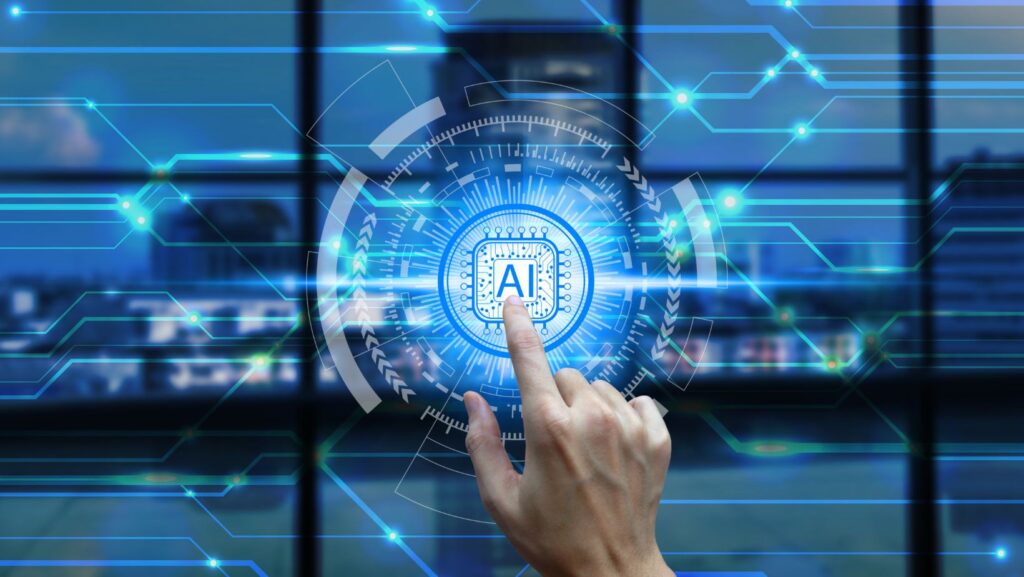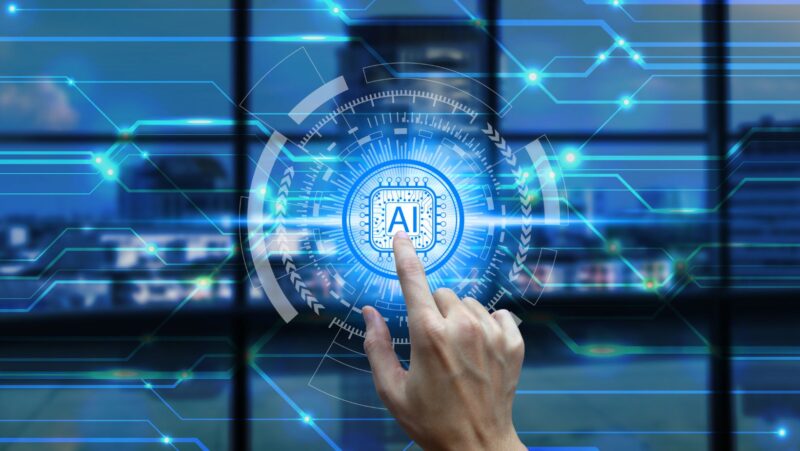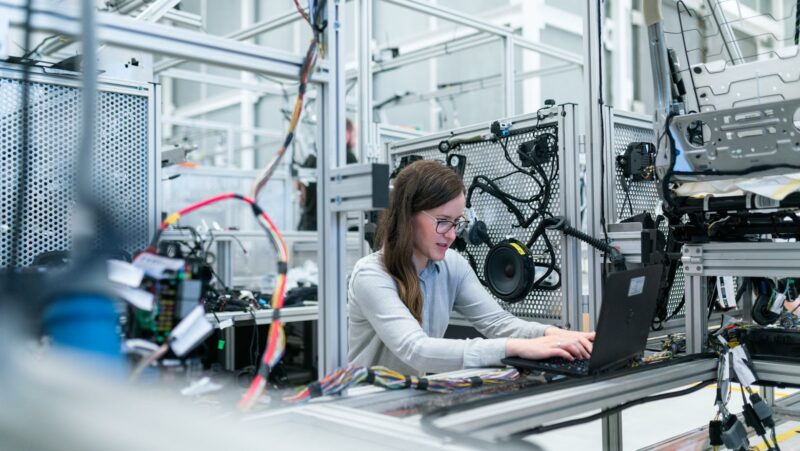
In the rapidly evolving landscape of artificial intelligence, Retrieval Augmented Generation (RAG) stands out as a transformative approach to AI problem-solving. By seamlessly integrating large language models with external knowledge sources, RAG bridges a critical gap, enhancing the capability of AI systems to provide contextually relevant and dynamic solutions. This approach is increasingly important in modern AI applications, where the ability to access and integrate real-time information is paramount.To understand more about this innovative approach, explore and continue to learn what is retrieval augmented generation in this article.
Introduction to Retrieval Augmented Generation (RAG)
The Evolution of AI Language Models
Traditional language models have long been limited by their reliance on static datasets. This limitation results in challenges when these models are required to provide up-to-date or context-specific information. As the demand for AI systems that can access and utilize dynamic data grows, the need for a more sophisticated approach becomes apparent. Retrieval Augmented Generation addresses these challenges by allowing AI to retrieve and incorporate external data into its responses, thereby enhancing the model’s ability to provide accurate and context-aware information.
Core Mechanisms of RAG
RAG’s core mechanisms involve a sophisticated retrieval process that integrates external knowledge bases into AI models.

This integration allows AI systems to augment their responses with relevant information drawn from real-time data sources. By enhancing the context of interactions, RAG ensures that AI-generated responses are not only accurate but also contextually relevant. This real-time context enhancement is crucial for applications requiring up-to-date information.
Technical Architecture of Retrieval Augmented Generation
Retrieval Mechanisms
At the heart of RAG’s architecture are its retrieval mechanisms, which leverage cutting-edge vector database technologies and semantic search techniques. These technologies enable efficient information retrieval by allowing AI systems to search large volumes of data rapidly. By employing advanced semantic search, RAG can identify and retrieve information that is contextually relevant, enhancing the AI’s ability to generate accurate responses.
Generation and Augmentation Process
The generation and augmentation process in RAG involves integrating contextual information into the AI’s response generation.

This process ensures that the retrieved knowledge is seamlessly incorporated, maintaining the relevance and accuracy of the information provided. The result is a more robust AI system capable of handling complex queries with precision.
Practical Applications and Future Potential
Industry-Specific Applications
RAG’s ability to provide context-aware, dynamic solutions makes it invaluable across various industries. In healthcare and medical research, RAG can access and integrate the latest research findings to support clinical decisions. In customer support and conversational AI, it enhances user interactions by providing accurate and timely responses. Additionally, in scientific research and knowledge discovery, RAG facilitates the exploration of vast data sets, enabling researchers to uncover new insights.
Challenges and Limitations
Despite its promising capabilities, RAG is not without challenges. Current technical constraints, such as the need for vast computational resources and the complexity of managing large knowledge bases, pose significant hurdles. Ethical considerations, including data privacy and the potential for misuse, must also be addressed to ensure responsible deployment. Future improvements may focus on enhancing the efficiency of retrieval mechanisms and expanding the scope of knowledge bases.
Retrieval Augmented Generation represents a new era in AI, characterized by its ability to deliver context-aware and dynamic problem-solving capabilities. As industries continue to embrace this technology, RAG’s potential to transform how AI systems interact with and utilize information is immense, paving the way for more intelligent and responsive AI solutions.











